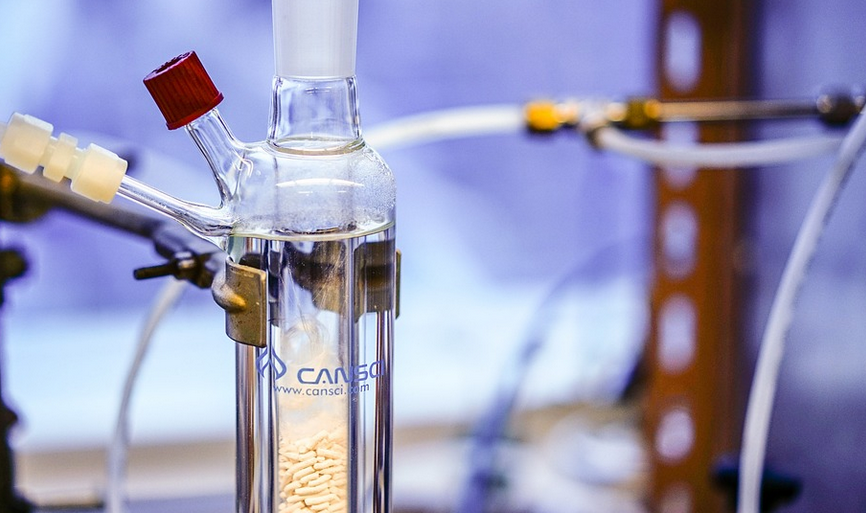Introduction
Fischer esterification is a classic method for synthesizing esters from carboxylic acids and alcohols. This reaction is named after Emil Fischer, a German chemist who first described the process in the late 19th century. The reaction involves the formation of an ester bond between an alcohol and a carboxylic acid, catalyzed by an acid catalyst. In this article, we will discuss the fischer esterification of acetic acid in detail.
Reaction Mechanism
The reaction mechanism for fischer esterification involves the protonation of the carboxylic acid by the acid catalyst. This protonation makes the carbonyl group more electrophilic, allowing it to react with the alcohol nucleophile. The resulting intermediate is then deprotonated, leading to the formation of the ester product and regenerating the acid catalyst. The reaction is shown below:
CH3COOH + ROH ⇌ CH3COOR + H2O
Experimental Setup
To perform fischer esterification of acetic acid, we need to set up a reaction vessel with a reflux condenser. The reaction mixture consists of acetic acid, alcohol, and acid catalyst. The reaction is heated under reflux for several hours until the ester product has formed. After the reaction is complete, the mixture is cooled and the ester product is extracted using a solvent such as diethyl ether.
Factors Affecting the Reaction
Several factors can affect the rate and yield of fischer esterification, such as the nature of the alcohol and carboxylic acid, the acid catalyst, and the reaction conditions. For example, the reaction rate increases with the use of more reactive alcohols, such as primary alcohols, and stronger acid catalysts, such as sulfuric acid. The reaction yield can also be affected by the steric hindrance of the reactants, as well as the presence of impurities and side reactions.
Applications
Fischer esterification has numerous applications in the chemical industry, particularly in the synthesis of fragrances, flavors, and pharmaceuticals. For example, the ester ethyl acetate is commonly used as a solvent and flavoring agent, while aspirin is synthesized from salicylic acid and acetic anhydride through fischer esterification.
Precautions
When performing fischer esterification, it is important to take several precautions to ensure safety and avoid side reactions. For example, the reaction should be conducted under reflux to prevent loss of reactants and product. The acid catalyst should also be handled with care, as it can cause burns and is corrosive. Furthermore, the reaction vessel should be well-ventilated and the reactants should be added slowly to prevent excessive heat generation.
Conclusion
Fischer esterification of acetic acid is a fundamental reaction in organic chemistry, with numerous applications in industry and academia. By understanding the reaction mechanism, experimental setup, factors affecting the reaction, and precautions, we can perform this reaction safely and efficiently.

